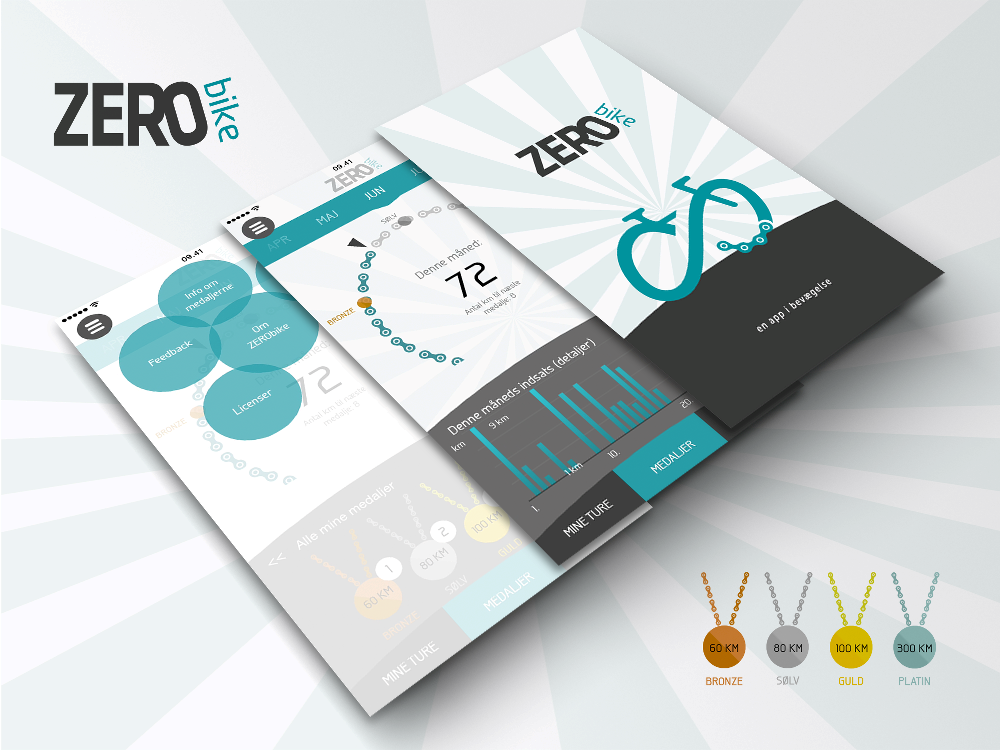EcoSense results produce new research challenges
The 4-year research project EcoSense has just concluded. On this occasion, the EcoSense team held a closing seminar on the many achievements that give rise to new research challenges in areas such as big data, visual analytics and mobile sensing.

The day featured a number of presentations and insight into the various research challenges in connection with detecting, monitoring and dealing with our CO2 footprints. EcoSense has approached this research theme from an ethnographic, environmental and computer science research perspective.
- It is important to combine hard and soft data and understand them in context. EcoSense has developed new visualisation tools that show this particular combination, so we can better analyse the gathered data. The project has also helped to understand human activity in traffic and in buildings via mobile sensing, and we have built robust data collection platforms, says Kaj Grønbæk. He is professor at Aarhus University and has leaded the research project in cooperation with a number of companies and other research institutions (link to partners).
Research challenges
Platform and apps to detect traffic behavior
Researchers in the EcoSense project have collected data from mobile phones and sensors from buildings with the aim of understanding and changing people’s traffic behavior. They have primarily used mobile sensing techniques and worked to develop a robust method for detecting transportation mode – if people are walking, running or cycling and to get an overview of the carbon footprints produced during transportation. Combined with interventions such as apps that encourage people to cycle or choose an electric car.
They have developed a scalable and robust platform that collects data – i.e. Grundfos. In this context, a number of apps have been developed:
Four prototype apps perform analyses for the end users. All data are collected when running the app, and they get a complete picture of the transportation mode - anonymously. It is still a complicated research problem as it is difficult to obtain accurate recognition especially in the rush hour traffic. Slow driving in car parks may for example be interpreted as bike behavior. It is a balance between having the sensors always on or saving battery power.
The Grundfos dormitory as a living lab
EcoSense focused on the Grundfos dormitory at the harbour of Aarhus as a living lab. They used the 3-4000 sensors to collect all sorts of data in the building with very high frequency – e.g. water consumption, indoor climate etc.
The project carried out a number of experiments with the residents to change energy behavior and measure if it actually happened. Methods such as gamification - share resources with the room you live in. If you use much power you have few resources in the game. Awareness of low-cost periods.
Questionnaires provide a general picture of the persons, their attitudes and values. Workshops provide input for project prototypes. Home visits/qualitative interviews provide deeper insight into practice. They do not think of themselves as consumers of energy - we have developed a Contextual Wheel of Practice which illustrates their view on energy consumption and we have worked with it from multiple angles to understand how we can influence people’s behavior.
The project has developed new visual analytic tools which is way of involving the users and help them to better understand practices.
New tools for analysis and visualization
One of the research challenges has been to develop new tools for visualisation, so data can be attached to something recognisable. Hard data from the smartphones combined with disciplines that analyse human behavior in cooperation with environmental anthropologists. 100 kilobytes per second have been analysed and the project has developed analytical tools for this purpose. Visual analysis is an effective way for non-programmers to analyse large amounts of data. By working with visualisation of big data, we see surprising connections and patterns that we could not detect before knowing the context.
Future use of results
Huge amounts of data are stored and this is accumulating, however, only 3% of the data are tagged nor analysed, where they come from and what they describe. In the future we will envestigate the core areas within big data research:
- Scalable data acquisition platform to perform human activity analyses
- Transportation mode detection, crowd sensing technology, hospital logistics, machine learning – pattern recognition on raw data sets.
- Visual analytics allows us to continue working with interactive visual analysis
More accessible big data analytics tools will now be envestigated in the new partnership DABAI (www.dabai.dk).
- Energy management through Big Data
- Traffic management through Big Data
- Flooding risk analysis
